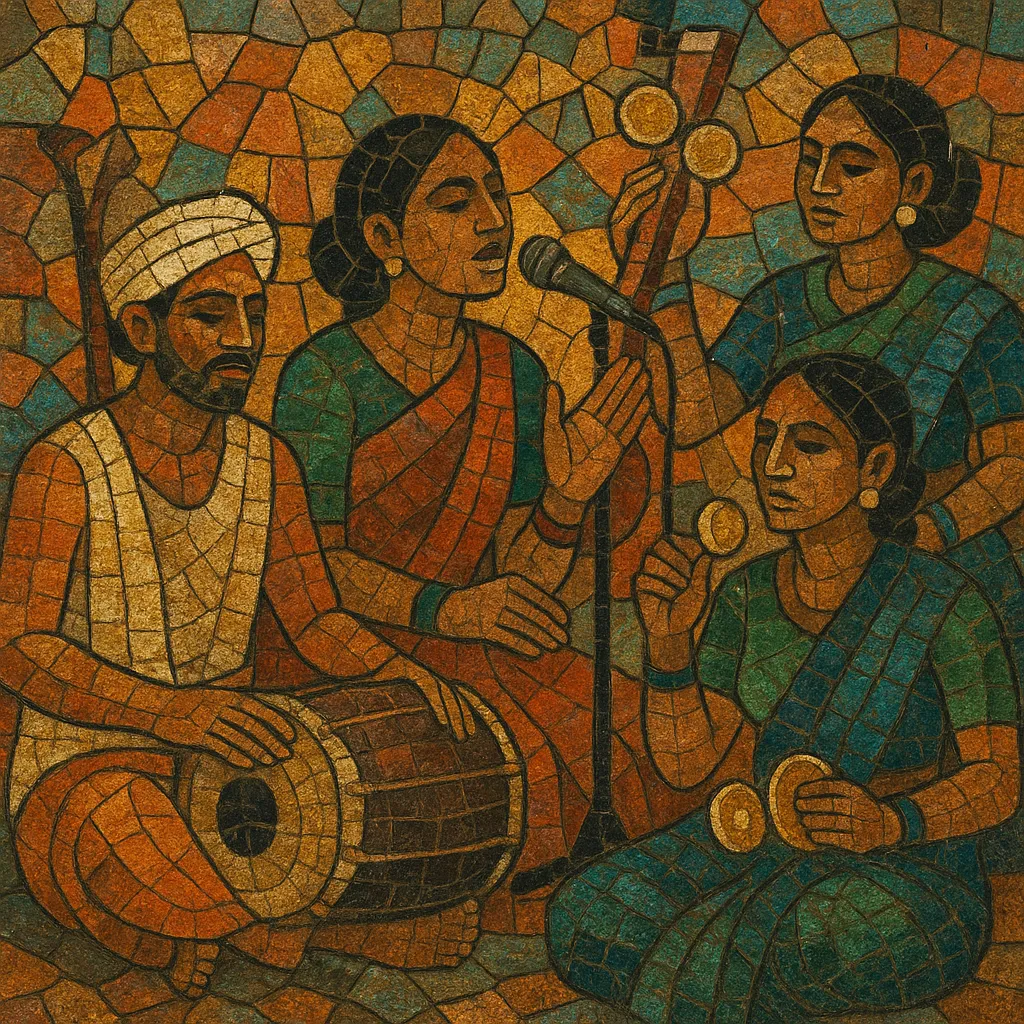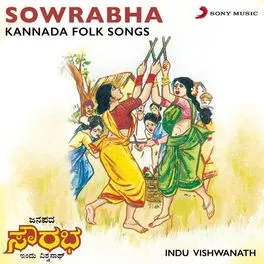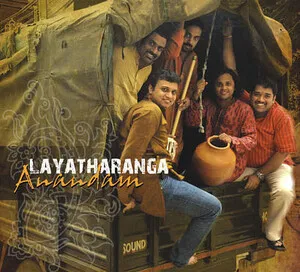Kannada folk music (Janapada) is the orally transmitted song and performance tradition of Karnataka, sung in the Kannada language across rural and urban communities.
It encompasses narrative epics, work songs, ritual and festival music, and dance-linked forms such as Dollu Kunitha (war-drum dance), Kamsale (cymbal-and-bronze plate songs of Male Mahadeshwara), Jogathi/Jogappa songs, and Yakshagana theatre singing.
Melodies often draw on raga-like modes without strict classical codification, feature call-and-response between a lead singer and chorus, and ride on cyclical, danceable talas. The instrumentation is earthy and percussive—dollu, chende, maddale, tamate, kamsale, chowdike (two-string lute), flute, harmonium, and hand cymbals—reflecting village sound worlds.
Lyrics celebrate local deities, saints, folk heroes, seasons and labor, social satire, and moral aphorisms, preserving collective memory and regional identity.
Kannada folk music arises from centuries of oral tradition in Karnataka, with layers formed by agrarian life, temple rituals, and traveling bards. Ballad cycles and folk epics such as Male Mahadeshwara, Manteswamy, and Siddappaji were shaped between the late medieval and early modern periods, transmitted by hereditary singer communities and devotional orders.
By the early modern era, narrative singing intertwined with folk theatre and dance. Yakshagana developed a distinctive singing style led by the bhagavata, while Dollu Kunitha and Kamsale embodied martial-drumming and devotional pageantry. Instruments like the dollu, chende, maddale, tamate, kamsale, and the two-string chowdike anchored performances in temples, fairs (jatres), and communal spaces.
The Haridasa bhakti wave and proximity to both Carnatic (south) and Hindustani (north) classical spheres informed melodic language and liturgical repertories. Yet folk practice retained flexible modes, improvised refrain structures, and vernacular poetics distinctly separate from court and concert traditions.
Folklorists and institutions (e.g., Janapada Loka) documented song repertories, while radio, cassettes, and later television expanded reach. Artists adapted folk epics and labor songs into concert formats, and Sugama Sangeetha/Bhavageethe singers popularized folk-inflected settings.
From the late 20th century onward, urban bands fused Kannada folk with rock and global pop textures, while community troupes continued ritual and seasonal performances. Today, Kannada folk thrives simultaneously as a living community practice and as a staged, recorded genre reaching diasporic audiences.




